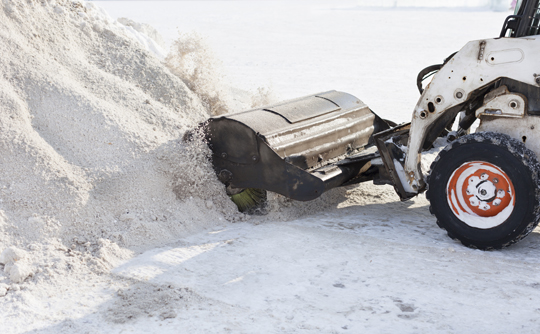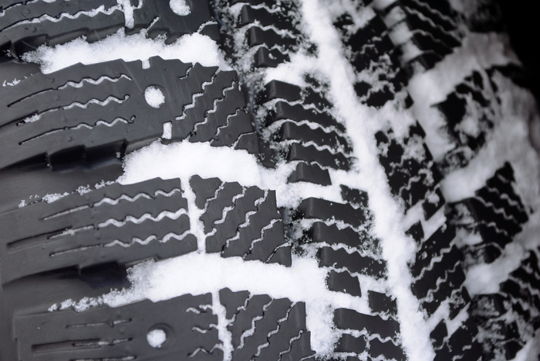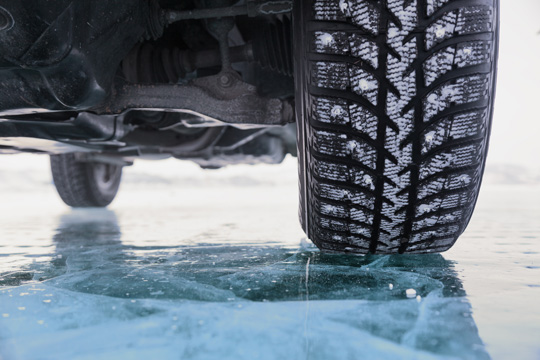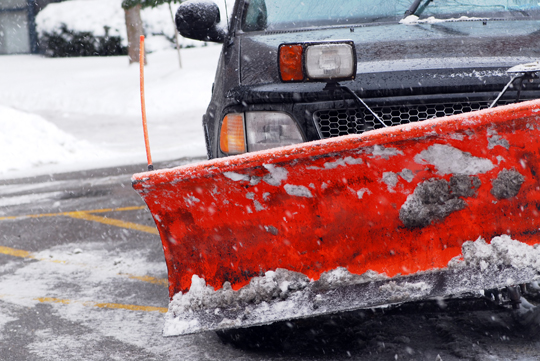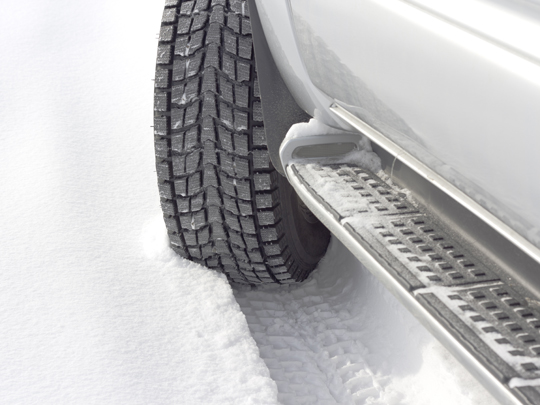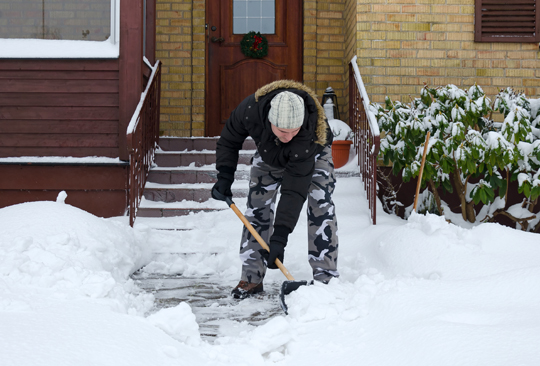Clearing your driveway of snow before work can be a pain in the back. No, really — it can cause back pain and other injuries if done incorrectly or if you are predisposed to certain injuries.
Although it is an effective and reliable method of snow removal, sometimes snow shoveling is not exactly what you need to get the job done. Some of the following snow shoveling alternatives can help you clear your driveway without breaking out the shovel.
Snow Blowers
This is the most popular of the snow shoveling alternatives. A snow blower is a machine you can push over the snow drifts in your yard that then pick up the snow and throw it aside for you. Depending on the size of the snow pile and the area you need cleared, there are different types of snow blowers available for you to pick from.
If you are planning to use a snow blower over an area with gravel or rock under the snow, you can still do so. Just be sure to set your blower about an inch above the ground so it throws the snow and not rocks or gravel as well. That can be dangerous.
Snow Plows
Attaching a snow plow to your vehicle can help you clear your driveway and surrounding areas of snow rather quickly and easily. The initial attachment process might be tough, but some quick assistance from a professional can fix that. Then you will be on your way to clearing not only your own home, but also easily helping others when you can.
Brooms
Believe it or not, if the snow is light and fluffy, a broom can be considered one of the few creative snow shoveling alternatives. When the snow is light and fluffy, using a wide broom or even just a kitchen broom to sweep it away is quiet effective. Just be sure to dry it off before you try to sweep the living room.
Letting The Pros Handle It
These, and other snow shoveling alternatives, can help you avoid trying to lift the snow with your own brute strength. If you do need assistance with any aspect of snow shoveling or removal, TalkLocal can help. Through a simple search on our website, you can be connected with companies and professionals equipped to help.

